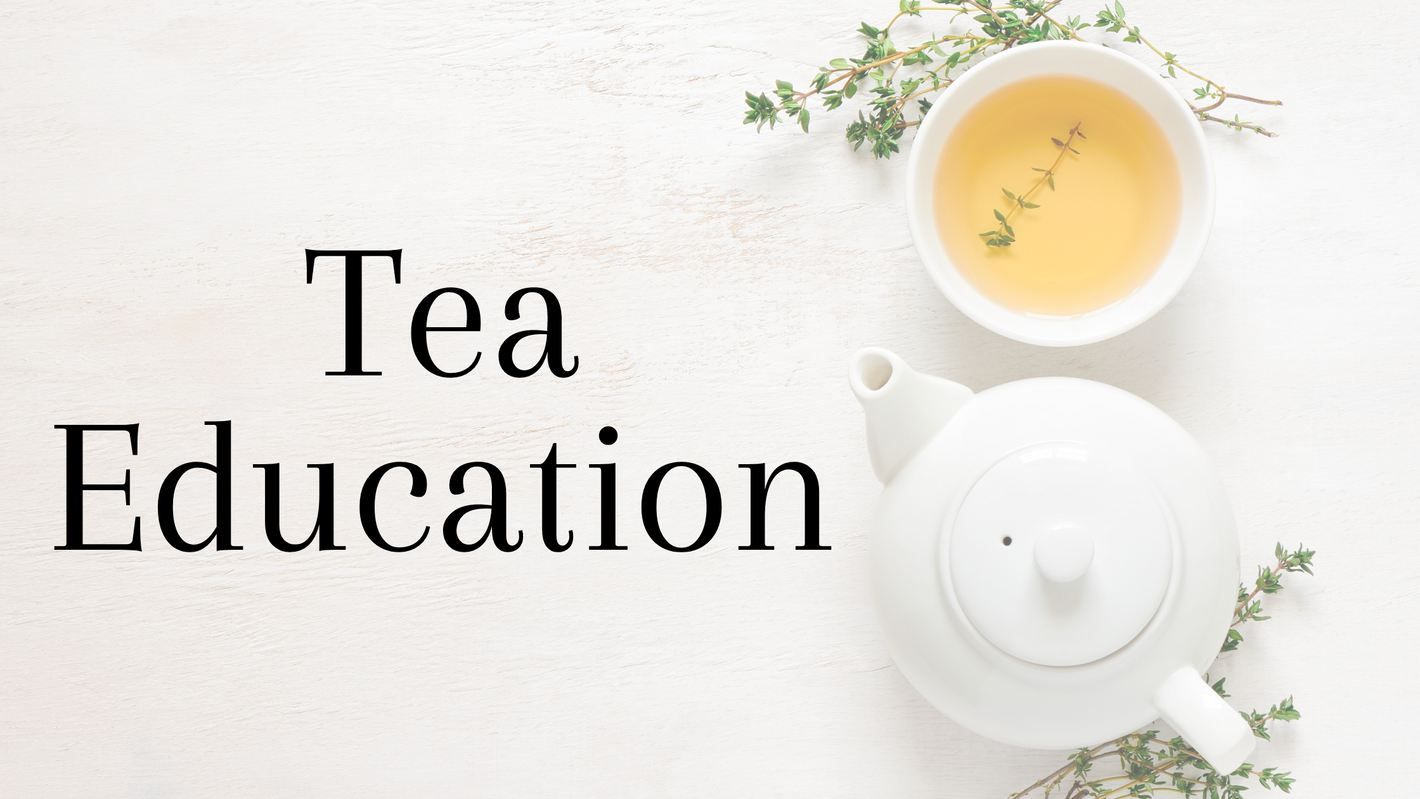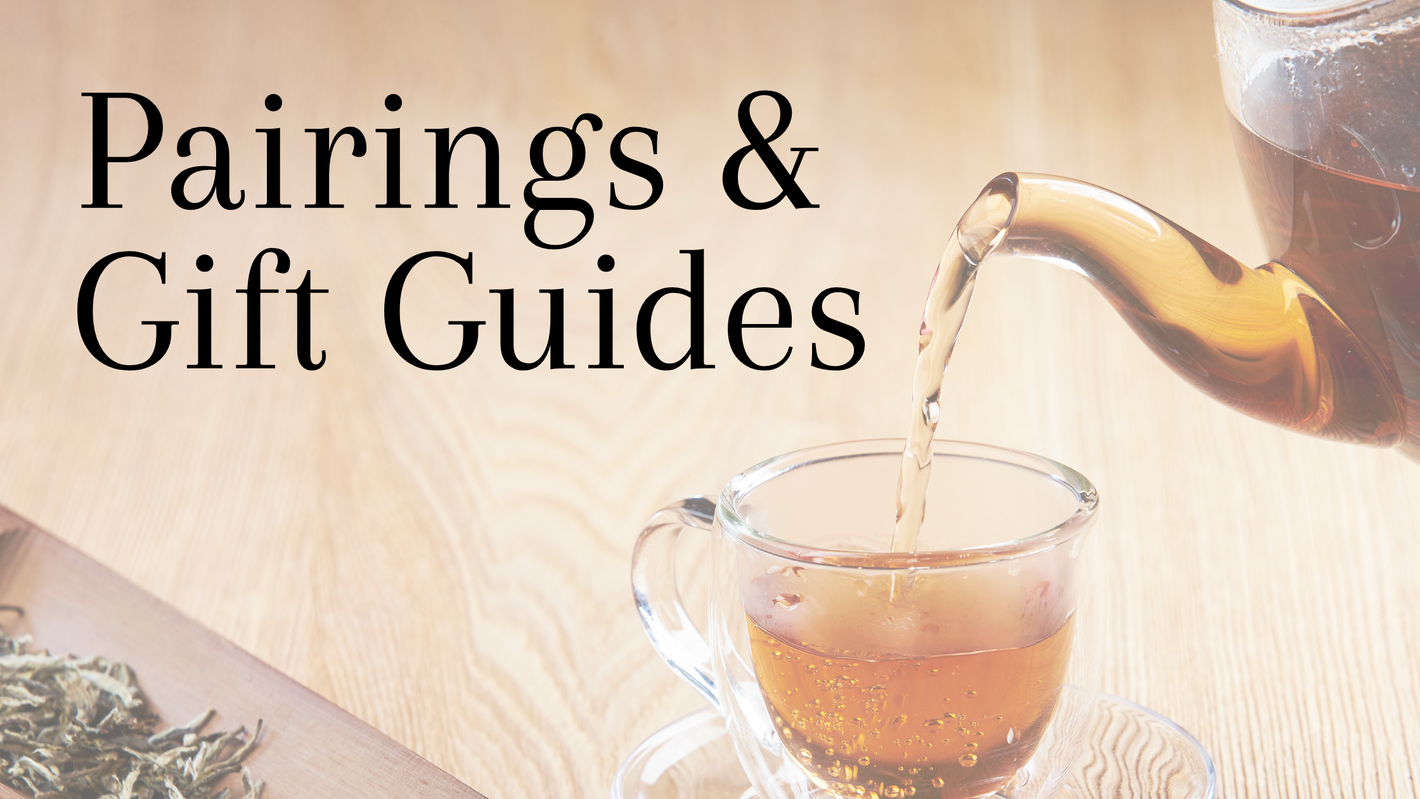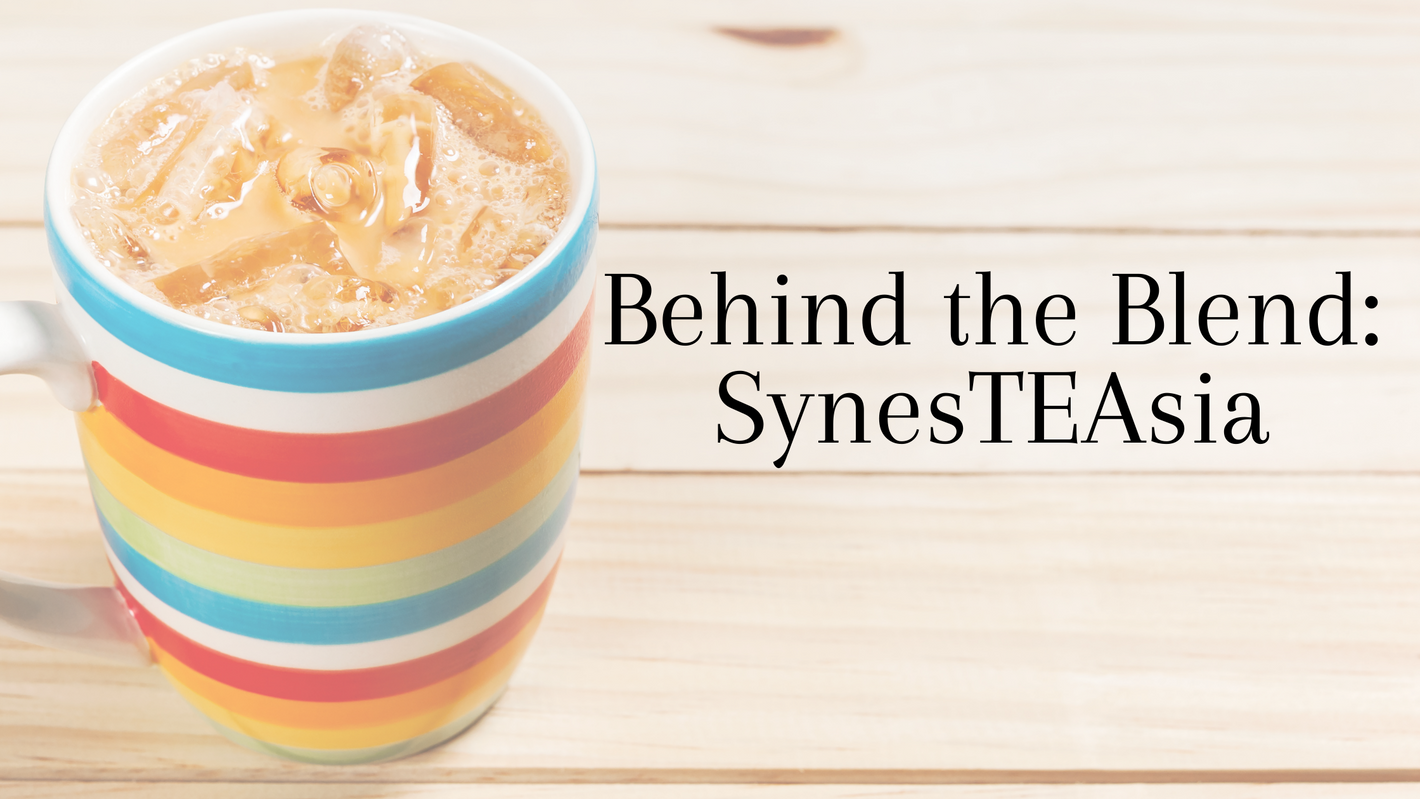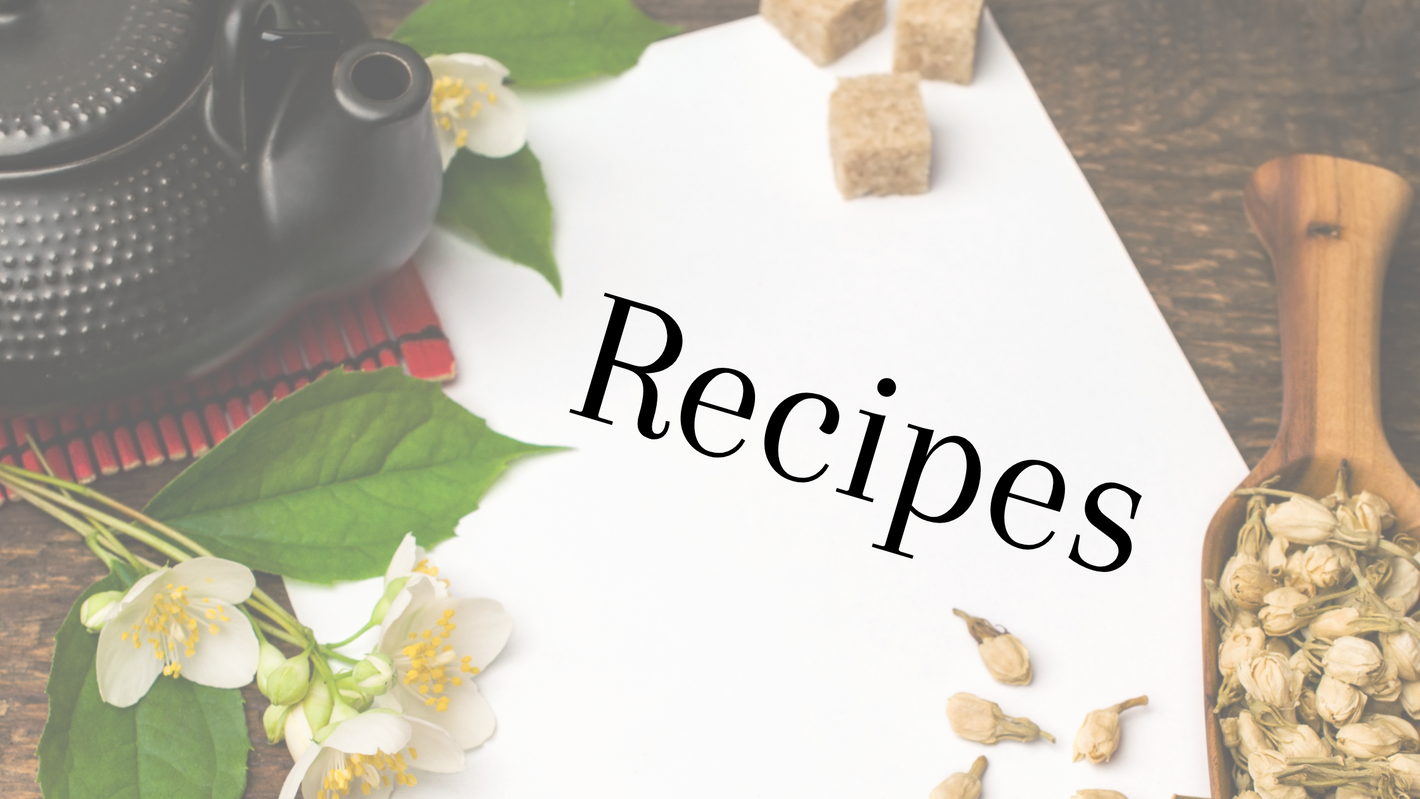Hello, Thirsty Nerds!
I've been receiving quite a number of emails, dms & in-person questions regarding pu-erhs lately. It seems there's an upswing in popularity for this complicated and delicious tea family and y'all are thirsty for knowledge!
Pu-erh tea (most closely for American tongues pronounced as "poo-ahr," try to swallow the R) is one family in the category of tea known as "heicha," (pronounced "hay-cha"). Heicha is the sixth type of tea and the outlier when defining true teas (leaf from the Camelia Sinensis plant). All other tea types are defined by their oxidation range at time of processing as such:
White tea is unoxidized: 0%
Yellow tea is delicately oxidized (also smothered to slow the oxidation process): 1-4%
Green tea is lightly oxidized: 5-10% of possible oxidation in the leaf
Oolong tea ranges widely from moderate to high oxidation: 11-99%
Black tea is fully oxidized: 100% of possible oxygen saturation in the leaf
More in-depth info on the five types of true tea above can be found in a previous blog post!Heicha can be any oxidation level. That isn't the defining factor here, unlike all other process types. A heicha is defined by the aging process after or during the oxidation process. Your heicha may be white tea, black tea, or anything in between. Heichas break down into further categories, each defined by the region, the method of aging, even the specific bacteria or fungal cultures applied to the leaf during the aging process or the caves in which they are aged (
see my YouTube video on my favorite style: Fu Cha, or "Golden Flowers" Heicha).
Now, all of the above information is what you need to know to start exploring the most popular and accessible style of Heicha: the pu-erh family. I'll start with the FAQ's:
Q: Is pu-erh generic for aged?A: Pu-erh (also spelled puerh, puer, pu-er) is one specific style of aged tea, but not the only one. The generic term is "dark tea," "heicha," or "post-fermented tea." All pu-erhs are aged teas, but not all aged teas are pu-erhs. Dig?
Q: What about the aging makes it special?
A: Pu-erhs are treated with specific strains of bacterial, fungal and yeast cultures and aged in caves in the Yunnan region of China, specifically the Pu'er county. Think of pu-erh as the cheese of the tea world. The varied colonies applied to the leaf, the source of said leaf, the temperature and humidity of the cave in which the leaf is aged...every part of the process along the way all impacts the output. What makes a Camembert special? Or a Manchego? A 50-year old scotch? Lots of factors skillfully managed by thousands of years of study and practice evolution. The aging process specifically impacts the final product by giving the cultures time to do their work in developing flavor and body, eventually becoming rich, complex and magically smooth.
Q: How many times can you steep a pu-erh tea?
A: As with all other tea types, you can steep it as many times as you enjoy. Pu-erhs are more generally robust and complex than their non-fermented counterparts, which really supports their reputation for resteepability. The cave-aging process causes layer upon layer of flavor profile to develop, much like the cask-aging process does for whiskeys and wines. As you run your pu-erh through many infusions, you'll notice very different flavors blooming and fading. Just keep going until you're bored of it!
Q: How much caffeine is in my pu-erh?
A: It depends! There are a ton of factors influencing the caffeine content of any tea, and pu-erh is no exception. The specific cultivar of leaf used, the altitude at which it is grown, the age of the individual leaves, and the length of aging all dictate caffeine content. Young leaves (especially buds) will contain the highest level of caffeine, so a pu-erh with a high bud content will of course be more caffeinated than its larger-leafed counterparts. Higher altitude regions will produce higher caffeine content, but as most pu-erhs tend to be from lower altitude regions you'll generally find that this factor isn't boosting your buzz.
As the tea ages, the caffeine molecules break down and degrade, so the older your pu-erh is, the more mellow the caffeine content will be overall. That being said, due to the different processing methods between sheng and shou pu-erh (See two questions down the page for elaboration), your cooked pu-erhs will skew higher in caffeine than your raw ones.
Q: Where does pu-erh come from?
A: While the style of aging can be applied to many regions of the world, a "true pu-erh" will only come from the Pu'er county of China. The caves in that region host specific bacteria and yeast, which create the distinct pu-erh flavor profile. Think of it like champagne vs. sparkling white tea. Both great, but when you buy champagne you know exactly what to expect.
Q: Why do are some pu-erhs light and some dark?
A: There are two categories of pu-erh: sheng and shou. Sheng pu-erh (also known as raw pu-erh) is processed and dried like any regular tea, then treated and put in a cave to slow-age. Shengs take their sweet sweet time deepening and evolving and are considered noticeably better the older they get. This was the original style of pu-erh and has been in practice for thousands of years. In the 1970s, pu-erh became so popular on the international market that farmers were facing a pu-erh shortage and had to figure out how to create the illusion of long-aged pu-erh in very little time. Enter the invention of shou pu-erh.
That's right, cooked pu-erh is only 50 years old as a practice! A forced quick-aging was invented through a method of processing called "wet-piling," essentially composting the leaf before drying and cave-aging. Leaf undergoing the shou process will be piled up in a warm, dark room and kept warm and damp to hasten the cellular breakdown. This wet-piling causes the leaf to turn dark and bold. The flavor becomes deep and rich, tending to brew a much smoother cup with less tendency toward astringency or bitterness than its raw counterpart, though the trade off is a sacrifice in complexity and delicate body.
Q: What is the ideal temperature and time to infuse a pu-erh?
A: Like everything else in tea, it depends! I generally stick to my rules of "the darker the leaf, the hotter the water" and brew my raw pu-erhs at a much lower temperature than my cooked pu-erhs. Steeping time and temp is subjective and can be tailored to your specific tastes. A jumping-off point for your consideration:
-
Sheng pu-erh (raw) - 1 to 2 minute infusions (20 seconds if working with gaiwan) at 175F, increasing brew temp by 5F as needed to pull more flavor in later infusions.
-
Shou pu-erh (cooked) - 3 to 4 minute infusions (30 seconds if working with gaiwan) at 205F, steeping longer as needed to pull more flavor in later infusions.
I hope you found this post illuminating and have found inspiration to explore this amazing family of teas! If you have any further questions about pu-erhs, please do drop them in the comments and I'll do my best to shine a light on them!
xoxo, Friday






